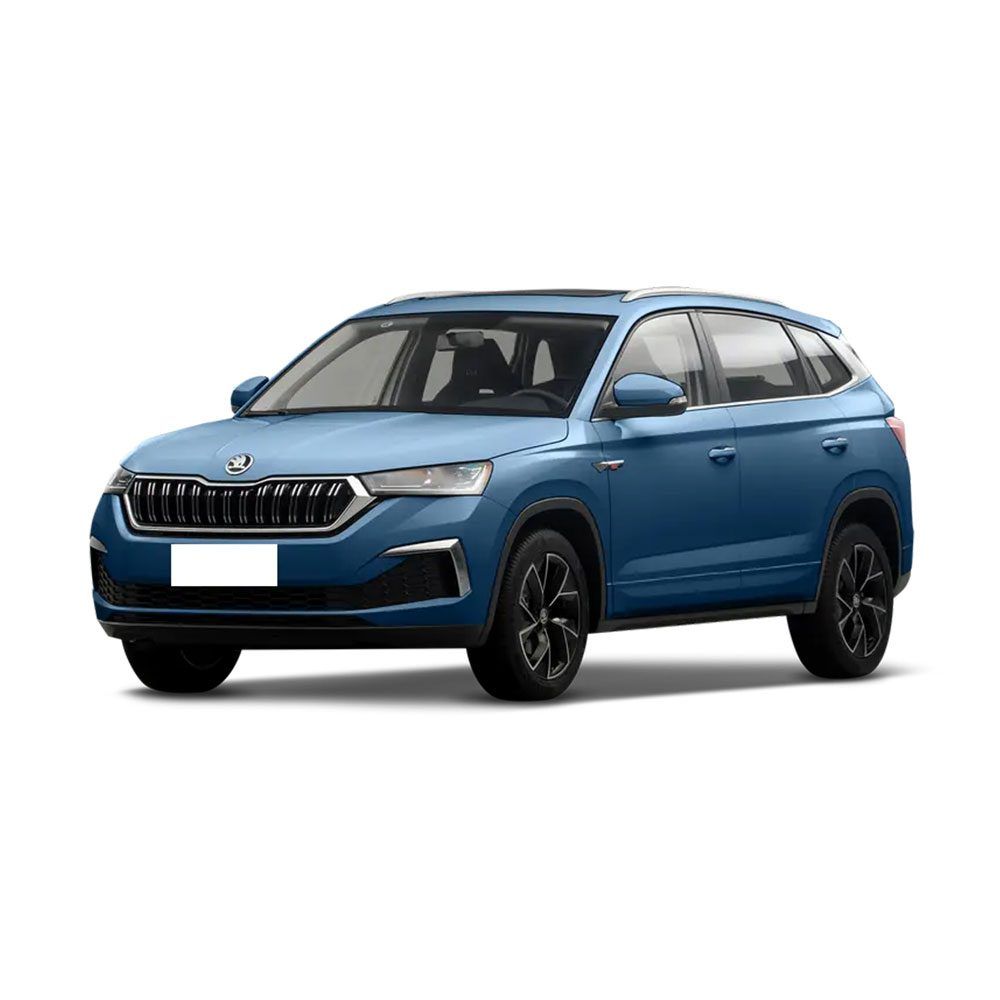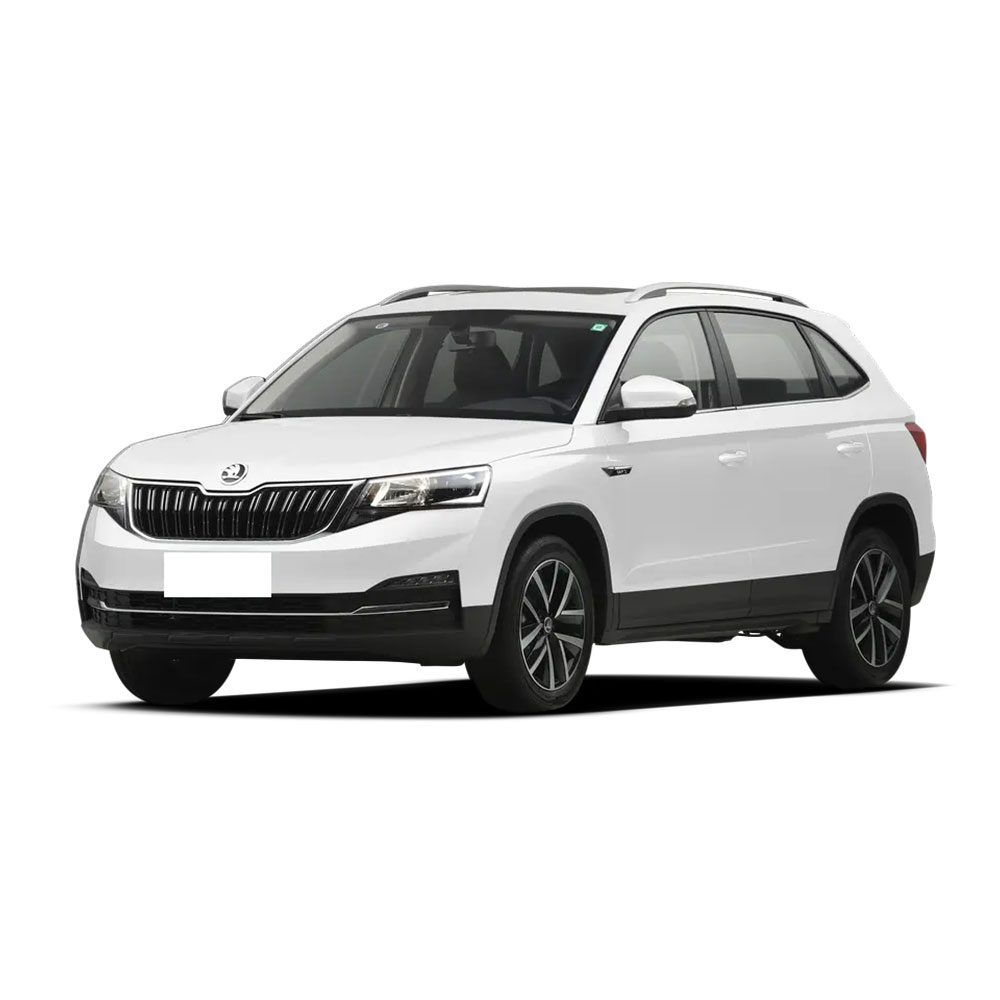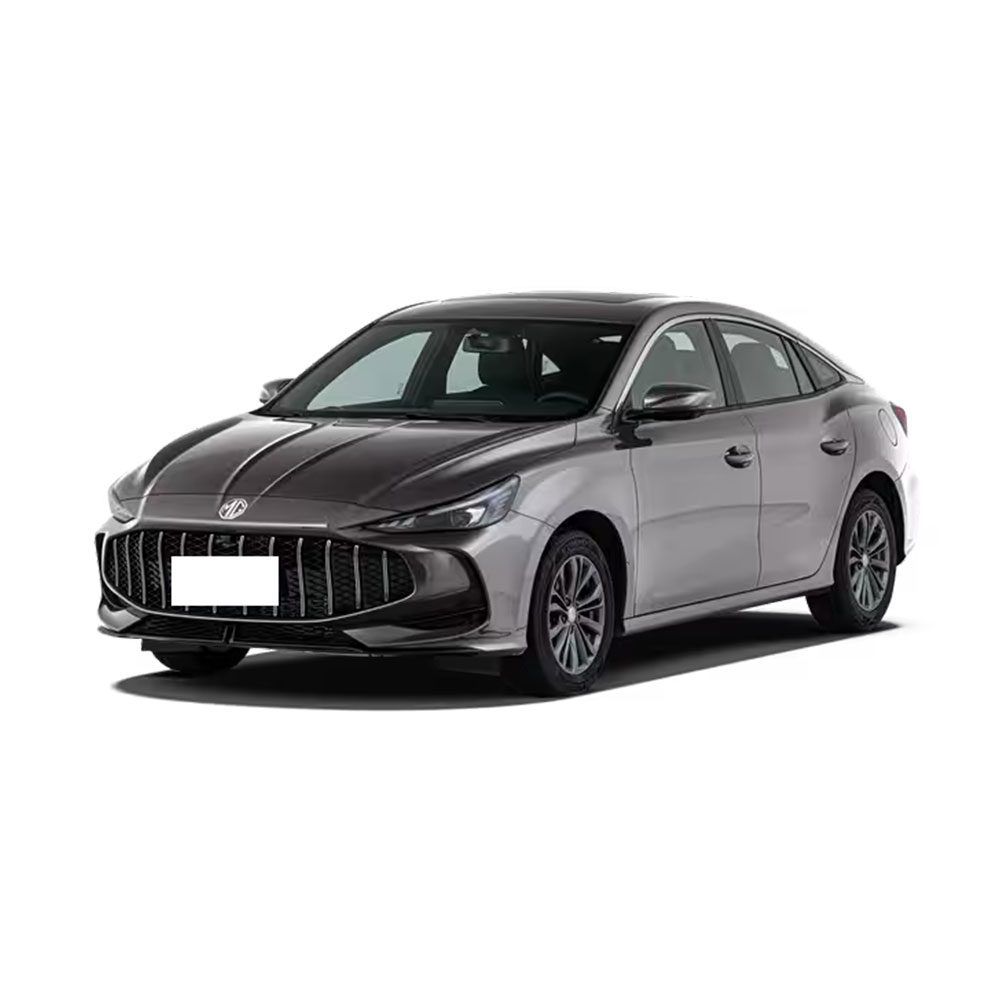
Is It Worth Owning a Chinese EV in Latin America?
- I. Why Are Electric Vehicles Gaining Popularity in Latin America?
- II. Chinese EVs Cost Far Less Than Local Brands
- III. Chinese EV Makers Tackle Latin America’s Charging Network Challenges
- IV. Chinese EVs Offer Mature After-Sales Services in Latin America
- V. Who in Latin America Should Choose a Chinese EV?
- VI. Which Chinese Auto Brands Are Available Locally in Latin America?
- Feel Free To Contact Ahcarsale Anytime
Recently, Brazilian President Lula test-drove Chinese EV multiple times and praised Chinese new energy vehicles for “revolutionizing Brazil’s automotive industry.” He himself owns a BYD Tang. This indicates Chinese electric vehicles are entering Latin American households at an unprecedented pace. Yet many consumers still wonder: Is owning a Chinese EV truly worth it?
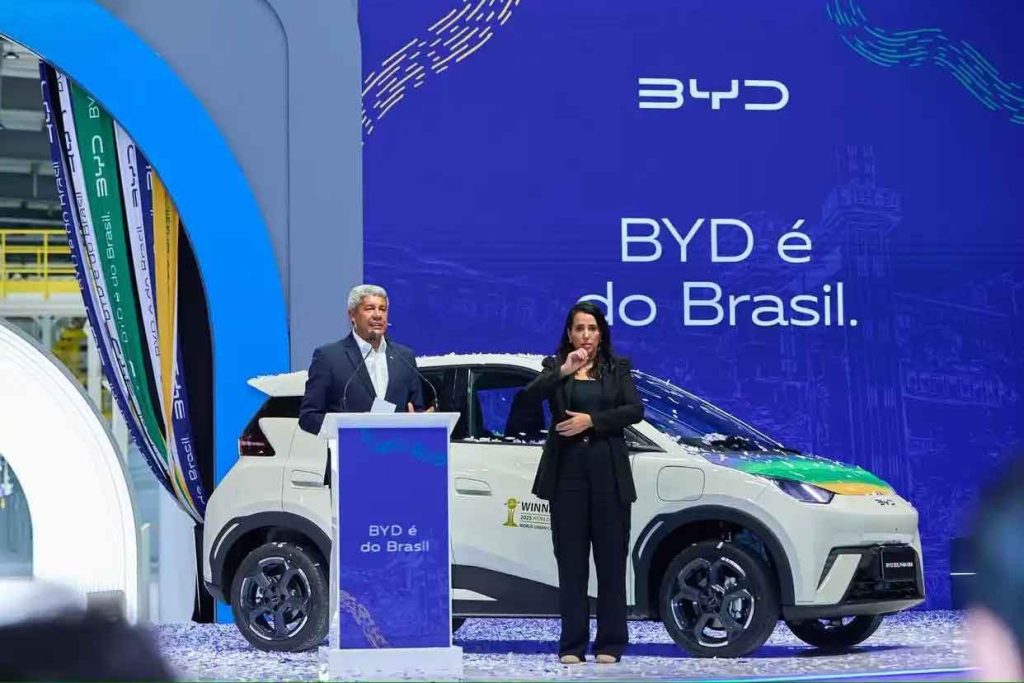
I. Why Are Electric Vehicles Gaining Popularity in Latin America?
Latin America is becoming a new engine for global EV growth. In 2024, Brazil’s auto sales exceeded 2.63 million units (+14.1% YoY), with new energy vehicle (NEV) sales surging 219.2%. NEV market share rose from 1.1% to 4.7%. Key drivers include:
- Policy Push: Nations like Costa Rica mandate 70% electric buses by 2035.
- Economic Awakening: EVs cut per-km energy costs by >50% amid volatile fuel prices.
- Chinese Brand Dominance: In 2024, BYD alone sold 76,800 units in Brazil. Chery and Great Wall followed, with all three occupying 7 of Brazil’s top 10 EV sales spots.
2024 Chinese Brand Sales in Brazil
| Brand | Annual Sales (10k units) | Market Share | YoY Growth |
| BYD | 7.68 | 3.1% | Significant ↑ |
| Chery | 6.09 | 2.5% | Notable ↑ |
| Great Wall | 3.00 | 1.2% | Steady ↑ |
II. Chinese EVs Cost Far Less Than Local Brands
Price remains central to purchasing decisions. Chinese brands break EV price barriers via “technology equality” strategies:
- BYD’s Price War: Dolphin dropped to 150,000 BRL (~¥209,000) in Brazil; Seagull starts at ¥145,000, seizing 30% market share.
- Full-Cycle Cost Edge: Using BYD Seagull vs. comparable ICE vehicles over 5 years:
- Purchase price nears ICE cars (e.g., Mexico’s mainstream ICE: ¥120,000–180,000).
- Saves nearly ¥10,000 in fuel taxes.
- Maintenance costs drop 40% (simpler mechanics, no oil changes).
- Financial Innovation: “Battery leasing” models and low-interest loans with local banks further lower barriers.
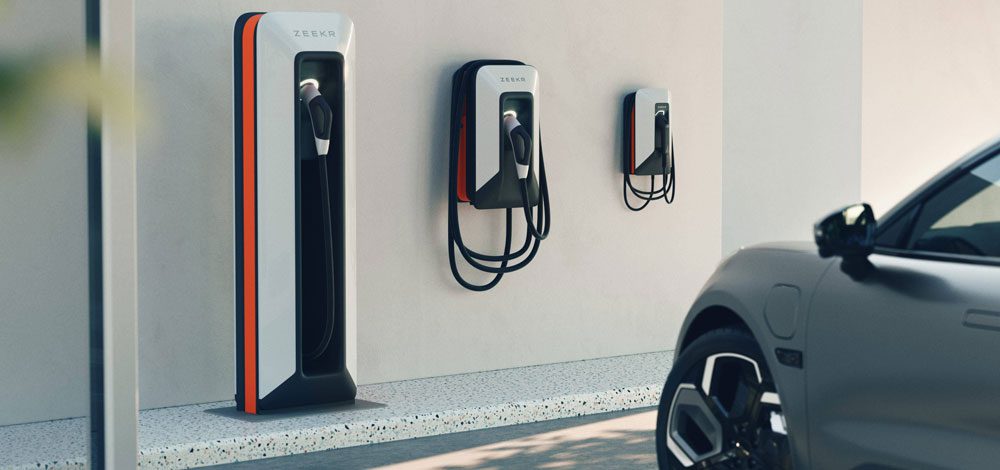
III. Chinese EV Makers Tackle Latin America’s Charging Network Challenges
Inadequate charging remains Latin America’s Achilles’ heel:
- Uneven Distribution: 47% of Brazil’s chargers cluster in São Paulo; Northeast/West face shortages. Peru has only 60 stations, mostly in hotels.
- Chinese Solutions:
- Vehicle-Charger Bundling: BYD builds dedicated stations when delivering taxi fleets (e.g., Bogotá project).
- Integrated Solar-Storage-Charging: Leverages Latin America’s solar resources.
- Community Shared Chargers: “One charger, multiple cars” time-sharing in Chilean neighborhoods.
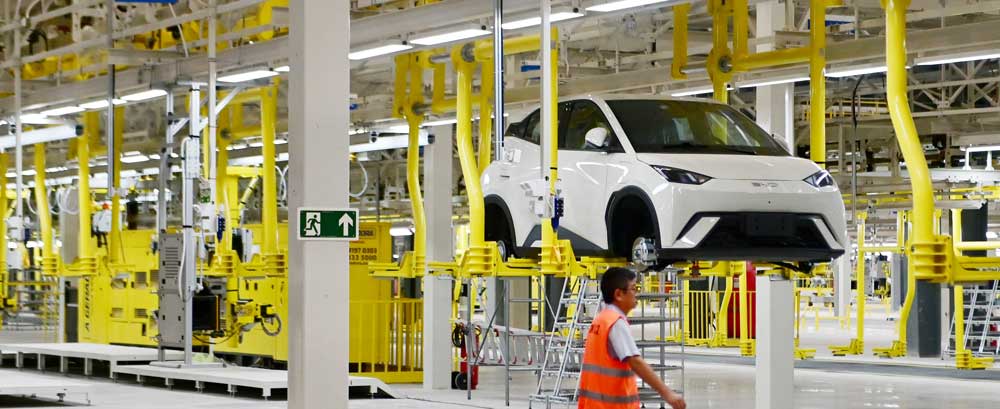
IV. Chinese EVs Offer Mature After-Sales Services in Latin America
Chinese firms build trust via deep localization to address repair concerns:
- Local Production:
- BYD’s Brazil factory (Ford’s former site) creates 20,000 jobs—80% local hires.
- Great Wall/Chery retrofit local lines for hybrid/EV production since 2024.
- Service Innovation:
- Colombia: BYD offers 24/7 response, with engineers repairing vehicles overnight.
- Training centers (e.g., Yutong in Qatar) certify local technicians.
- Parts Network: Mexico partnerships (e.g., Haitian Plastics) establish warehouses to slash repair times.
V. Who in Latin America Should Choose a Chinese EV?
- Strongly Recommended: Urban commuters (<100km/day), ride-hail drivers (save 1 car’s cost in 5 years), eco-policy priority zones (e.g., Costa Rica).
- Consider Cautiously: Long-haul transporters, remote-area users, frequent cross-state travelers.
- Wait and See: Those reliant on public chargers in cities with <50 chargers (e.g., Peru’s total: 60).
VI. Which Chinese Auto Brands Are Available Locally in Latin America?
Brazil Market: Local Production Focus
- BYD:
- Sales: >39,000 units (Jan–May 2025); 92.16% BEV share, 35.8% PHEV.
- Localization: Bahia plant (built in 15 months; 150k annual capacity; 20k jobs; SKD assembly).
- Key Models: Dolphin, Seagull, Tang (Lula’s test-drive model).
- Great Wall:
- Progress: São Paulo plant launches this quarter (SKD mode; counters 25%→35% EV tariffs by 2028).
- Models: Haval H6 Hybrid, Poer pickup series.
- Leapmotor:
- Newcomer: C10 EREV SUV (1,190km range) with Stellantis; late 2025 launch.
Mexico Market: Economy Models Break Through
- MG:
- Sales: 3,665 units (June, #9 brand); MG GT sales ↑15x.
- Positioning: Budget compacts/SUVs (e.g., ZS).
- Changan:
- Growth Leader: ↑215.8% YoY (June; 1,601 units; #16 rank).
- Models: CS-series SUVs, Deepal NEV trial.
- JAC:
- Flagship: Frison pickup (June: 758 units; +32.5% YoY); commercial/passenger use.
- Chery & BYD: Building channels; BYD plans local production to bypass tariffs.
Colombia Market: NEV Boom
- BYD:
- Sales: 3,994 units (H1 2025; +353.9%; #10 brand); Yuan UP (2,198 units) in top 10 models.
- Strategy: Urban families + charging networks.
- Great Wall & Chery:
- Growth: +1966.7% (Great Wall), +4141.7% (Chery; low base).
- Models: SUVs/pickups (Great Wall); economy sedans (Chery).
- Foton: Commercial vehicles; light trucks favored by SMEs; +51.2% (H1).
Uruguay Market: 30% Chinese Brand Share
- BYD: 10% share (526 units, May; +169.7%); gov’t/taxi procurement.
- Chery: +120.8% YoY; budget SUVs for families.
- Others: MG, JAC, Dongfeng (17.8% combined share).
Chinese Brand Presence in Key Latin American Markets
| Country | Major Chinese Brands | Representative Models | Market Traits |
| Brazil | BYD, Great Wall, Leapmotor | Seagull, C10 EREV | Localized production vs tariffs |
| Mexico | MG, Changan, JAC | MG GT, Frison pickup | Economy cars/commercial focus |
| Colombia | BYD, Great Wall, Chery, Foton | Yuan UP, Haval H6 | High NEV adoption, fastest growth |
| Uruguay | BYD, Chery, MG | Compact SUVs, hybrids | ~30% Chinese brand share |
Additionally, consumers can order Chinese cars online. For solutions to common online purchase issues, click to view the following content:
- Top 5 Chinese Electric Cars for Under $15,000 (Updated 2025)
- How to Import an Electric Car from China in 2025: Step-by-Step Guide
- Warranty for Chinese Cars Overseas: What’s Covered?
- How to Avoid Being Scammed When Buying Chinese Cars Online
- EV Charging Types Explained-Detailed Comparison of EV Charging Types
Feel Free To Contact Ahcarsale Anytime
More Article
More Cars
Latest Articles

